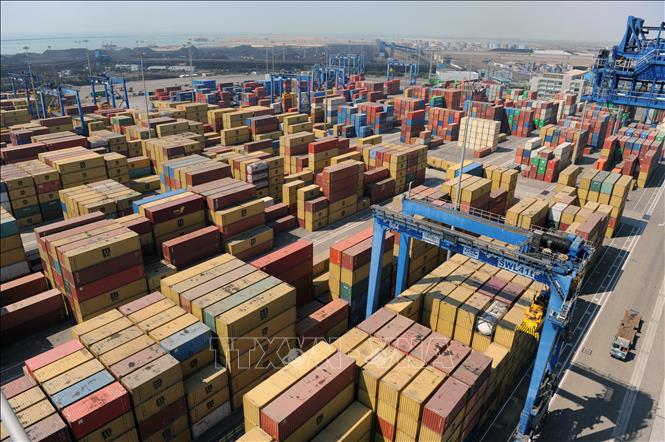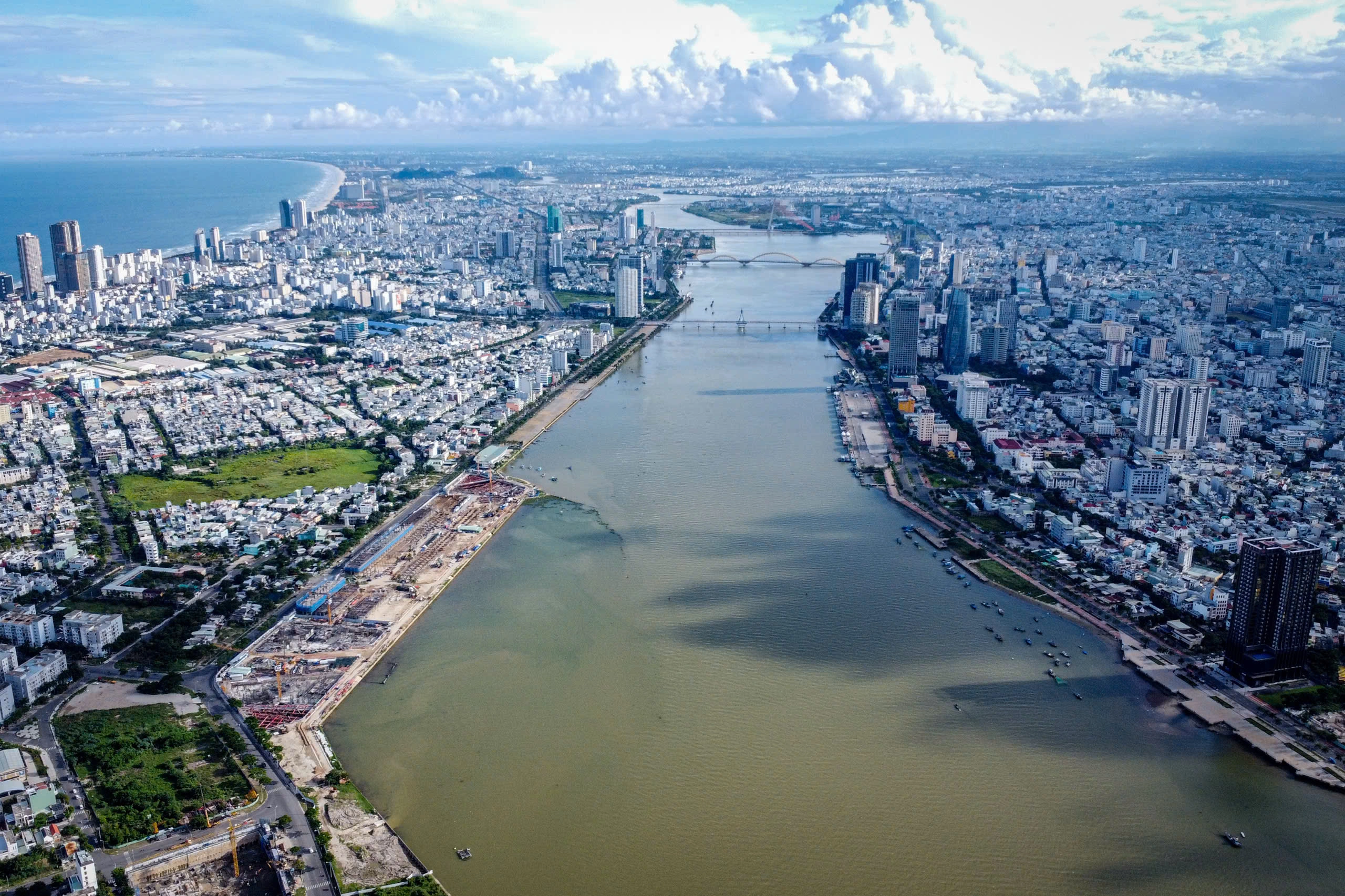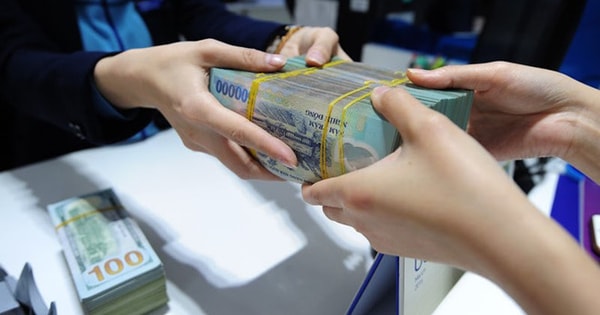According to a recent report by the International Monetary Fund (IMF), the global economy this year is being boosted by new drivers.
While developed countries are looking to return to 2% growth, some developing countries in Asia are showing remarkable growth rates, from 3% to 7%. The restructuring of global value chains and trade has also brought some benefits to some Asian countries, including India, Vietnam, Indonesia...

According to a VNA correspondent in France, if China is excluded, the share of developing countries in global GDP has never been higher in the past 10 years, reaching 40%. Together, this group is expected to achieve economic growth of 5.3% this year, much higher than the global average of 3.2%.
India leads the way with an expected growth of 7% in 2024, before slowing to 6.5% in 2025. The country of 1.4 billion people is benefiting from strong domestic demand growth following the post-COVID-19 pandemic recovery, as well as favorable policies for private and foreign investment.
Then there is the rise of ASEAN, which is expected to grow 4.5% this year as it benefits from the restructuring of logistics chains in industrial production. Vietnam’s GDP is expected to reach 6.1% this year, according to the IMF, and could even reach 6.8% to 7% as expected by Prime Minister Pham Minh Chinh. Vietnam has recorded its best growth in two years, driven by exports, industrial production and increased foreign investment.
The Philippines is also thriving in the services sector, especially outsourcing. The Southeast Asian nation has become a favorite destination for global businesses looking to move operations overseas. Another ASEAN country, Malaysia, a hub for the semiconductor manufacturing supply chain, is also riding the wave of re-shoring, growing at nearly 5% this year. Cambodia, a small, young, and rapidly modernizing nation, is also making a name for itself in the numbers, with GDP growth expected to reach 5.5% this year and nearly 6% by 2025.
Meanwhile, in Latin America and the Caribbean, growth is expected to slow from 2.2% in 2023 to 2.1% in 2024, before recovering to 2.5% in 2025. The biggest surprise comes from Brazil, where growth is expected to reach 3% this year, thanks to stronger private consumption and investment in the first half of the year. However, in 2025, Brazil may be affected by tighter monetary policy and the risk of a labor market downturn. Although per capita GDP in South American economies remains higher than in emerging Asia, the gap is gradually narrowing. South American countries have abundant natural resources - gas, oil, grain, rare metals - but the index of these resources is "stagnant" due to a lack of industrial machinery and administrative barriers, as well as political instability in the region. Meanwhile, the “Asian dragons” are rapidly industrializing and have more open business environments.
Finally, in Eurasia, Türkiye’s economic growth is expected to slow to 3% this year, from 5% in 2023, as it battles hyperinflation that has gripped the country for the past two years. Russia’s economic growth in 2024 was revised up from 3.2% in July to 3.6%, but will fall to 1.3% in 2025 due to labor and investment shortages.
According to VNA
Source: https://doanhnghiepvn.vn/kinh-te/cac-nen-kinh-te-moi-noi-o-chau-a-tiep-tuc-la-dong-luc-chinh-cho-tang-truong-global-growth/20241102080444995


![[Photo] Third meeting of the Organizing Subcommittee serving the 14th National Party Congress](https://vstatic.vietnam.vn/vietnam/resource/IMAGE/2025/4/2/3f342a185e714df58aad8c0fc08e4af2)


![[Photo] Relatives of victims of the earthquake in Myanmar were moved and grateful to the rescue team of the Vietnamese Ministry of National Defense.](https://vstatic.vietnam.vn/vietnam/resource/IMAGE/2025/4/2/aa6a37e9b59543dfb0ddc7f44162a7a7)
![[Photo] Close-up of Vietnam's sniffer dog team searching for earthquake victims in Myanmar](https://vstatic.vietnam.vn/vietnam/resource/IMAGE/2025/4/1/d4949a0510ba40af93a15359b5450df2)





























































































Comment (0)